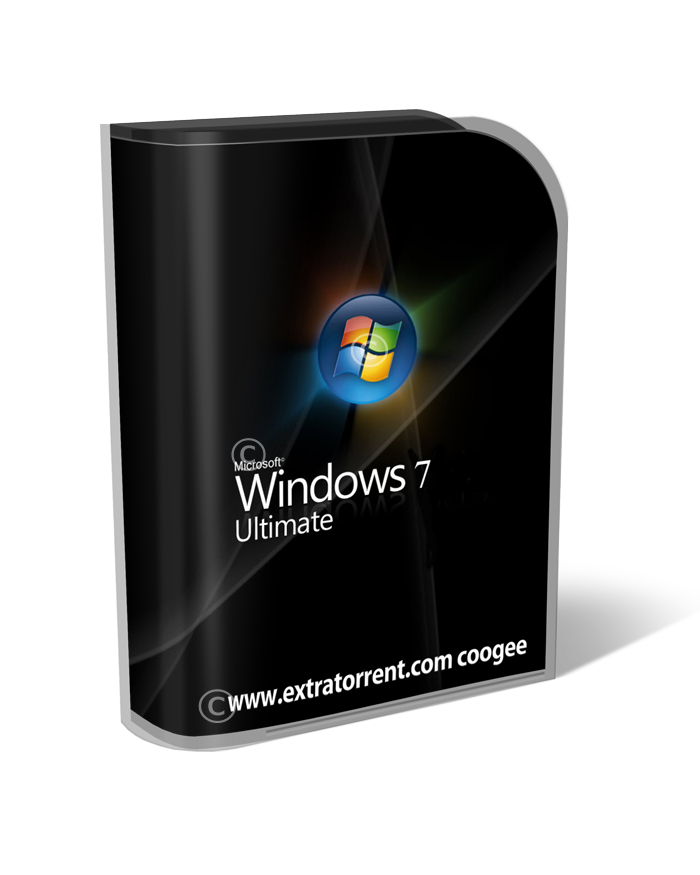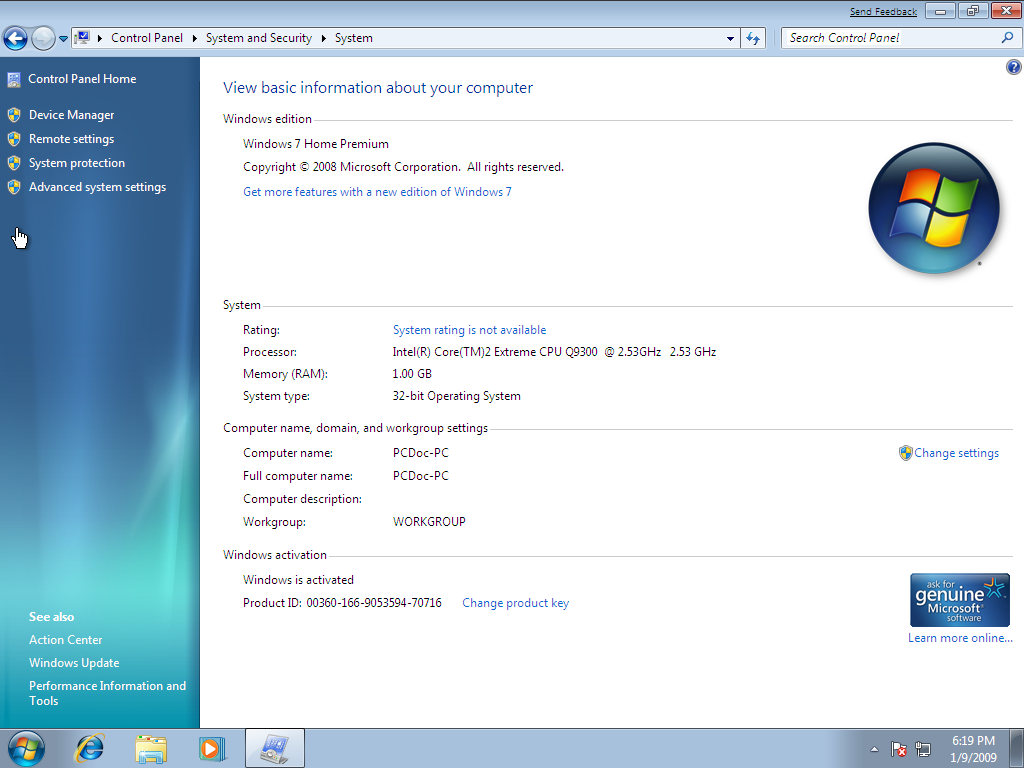

- #WINDOWS 7 ULTIMATE BACKUP FOR FREE#
- #WINDOWS 7 ULTIMATE BACKUP HOW TO#
- #WINDOWS 7 ULTIMATE BACKUP INSTALL#
- #WINDOWS 7 ULTIMATE BACKUP UPDATE#
- #WINDOWS 7 ULTIMATE BACKUP PORTABLE#
#WINDOWS 7 ULTIMATE BACKUP UPDATE#
Go to Start > Settings > Update & Security > Recovery and under Go back to the previous version of Windows 10, click Get started. In Windows 10, you can also entirely roll back a Windows Update.
#WINDOWS 7 ULTIMATE BACKUP HOW TO#
Learn more about how System Restore and Factory Reset work as well as how to create a System Restore point. Consider storing them online or back them up to an external drive that you store away from home. digital backups), emails, address books, and other personal files that you cannot retrieve once lost should be stored as safely as possible. If these documents contain sensitive information, be sure to encrypt the backup! Learn more about why you should encrypt files and how to encrypt files on Windows. Keep them in a fire-proof safe, give them to someone you trust, put them into your drawer or locker at work or school, or hide them in your car. Since you're going to save very important files on an ultra-portable backup medium like a DVD, Blu-ray disc, or a USB flash drive, you can easily store them away from your computer.
#WINDOWS 7 ULTIMATE BACKUP PORTABLE#
If you want to access files from more than one location, you should consider backing them up online or to portable media (e.g. Frequently-changed files should be backed up to a medium that allows frequent rewrites (e.g. The more important your files are, the more reliable the backup medium should be (e.g. Which backup medium should you choose? First of all, it's important to realize that different backup media are better (and worse) for different purposes. Use these to automate the backup process, or if that isn't possible, then at least remind yourself to do it manually. If you end up using a backup solution that doesn't provide a scheduling option, or you don't want to keep apps running in the background all the time, then you can use Scheduled Tasks in Windows. OneDrive and in our guide to backing up a Windows PC to the cloud. Learn more about the differences in our comparison of Dropbox vs.
#WINDOWS 7 ULTIMATE BACKUP FOR FREE#
For free users, Google Drive offers the most space (15GB), followed by OneDrive (5GB), then Dropbox (2GB). The second depends on how much space you need. The first depends on whether or not one of these services has an advanced feature that you really want (e.g. So why choose one over another? Two reasons.

They all work in pretty much the same way: a designated folder that syncs in real-time whenever you add remove, or change files.Īll three options offer the same core features, including cross-platform support for mobile devices and the ability to access your files from anywhere using a web browser. If you decide to back up data on a cloud storage service, your three main options are Dropbox, Google Drive, and OneDrive. Online Sync: Dropbox, Google Drive, OneDrive But for the most part, professional servers tend to be better secured than the average home computer.


What keeps many people from storing data online (or "on the cloud") is the misconception that cloud-stored data is easier to hack, copy, and abuse. Server space is expensive though, so you should only back up your most heavily-accessed files online. Since the servers that store your data are generally backed up themselves, this is also the safest way to back up your files. Online Backup and/or Syncīacking up files online has the advantage of being able to access them from anywhere, provided you have an internet connection. Learn how to do so in our guide to resizing hard drive partitions in Windows. You should always have at least 5GB of free space for smooth system performance.
#WINDOWS 7 ULTIMATE BACKUP INSTALL#
If you do decide to re-partition, make sure to allocate at least 20GB for the operating system (more if you install a lot of software or games). Don't attempt it unless you've already made a backup of your data. Re-partitioning a hard drive is generally safe but can go wrong. The latter option is completely free and can be done at any time without installing additional tools. To move personal files from your system drive, you either have to install a second hard drive or create an additional partition on your primary hard drive.


 0 kommentar(er)
0 kommentar(er)
